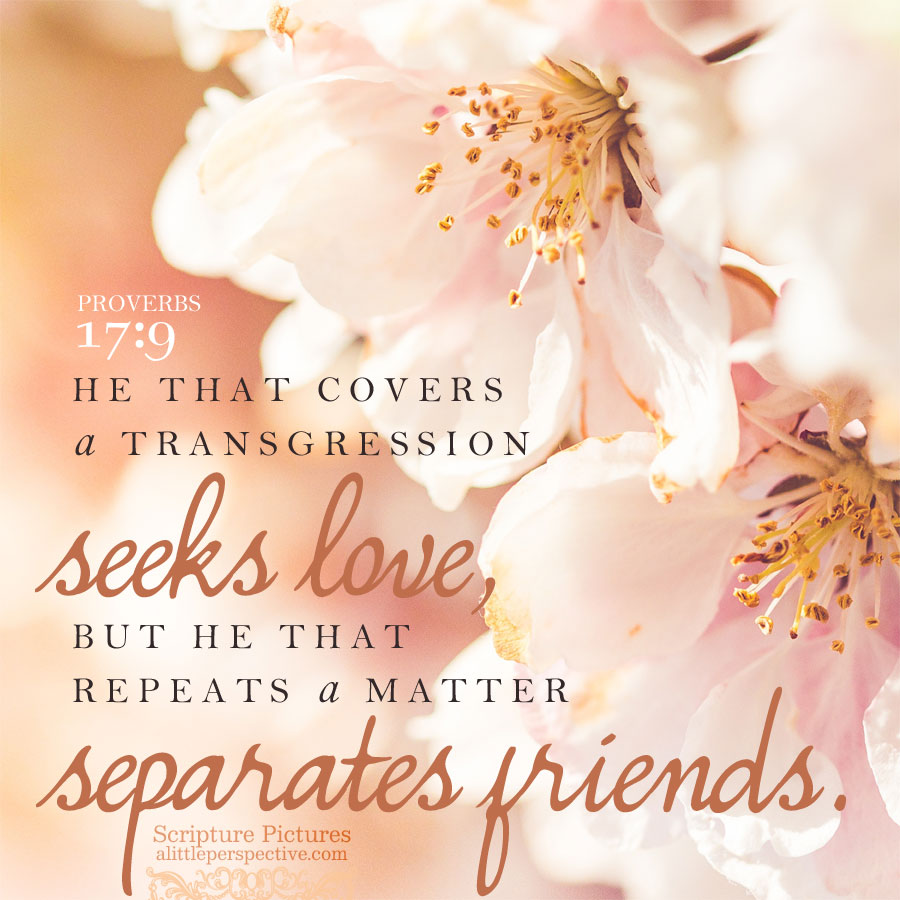Read Exodus 25:1-22 at Bible Gateway.
Hebrew paragraph divisions
Exo 25:1-9 {s} The offering commanded to build the Tabernacle
Exo 25:10-22 {p} The pattern for the ark of the covenant
Hebrew root words
And let them make Me a sanctuary, that I may dwell among them. Exo 25:8
Sanctuary is Strong’s H4720, miqdash, a concrete noun meaning, “holy place;” from Strong’s H6942 קדש qadash, a primitive root meaning, “to sanctify.” The ancient Hebrew pictographs are quph + dalet + shin. We have seen this root before.
Dwell is Strong’s H7931 סכן shakan, a primitive root meaning, “to settle down, dwell.” The ancient pictographs are shin + kaph + nun, but according to the Ancient Hebrew Lexicon, the shin was transposed from an original sin over time.
sin ס = the thorn, thus grab, hate, protect
kaph כ, ך = the open palm, thus bend, open, allow, tame
nun נ, ן = the seed, thus continue, heir, son
The story the ancient pictographs are telling is of a protected (sin) covering (kaph, in the sense of the father’s open palm covering the head of his son when conferring the blessing) under which one continues (nun); i.e. one’s permanent dwelling place rather than a temporary booth.
And you shall put the mercy seat above on the ark; and in the ark you shall put the testimony that I shall give you. Exo 25:21
Ark is Strong’s H727 arown, a concrete noun meaning “chest;” from Strong’s H717 ארה arah, a primitive root meaning, “to gather.” The ancient pictographs are aleph + resh + hey.
aleph א = the ox head, thus strength, power, leader
resh ר = the head of man, thus head, first, top, beginning, man
hey ה = man with upraised arms, thus look, reveal, wonder, worship, breath
The story the pictographs are telling is of the cattle (aleph) which the man (resh) gathers up (hey, in the sense that men raise up their arms when shooing their cattle into the cattle pens), thus the cognate words are (cattle) pen; and stall, as the place men secure their cattle; and also box, as a livestock stall was in a box shape.
Testimony is Strong’s H5715, eduth, an abstract concept meaning, “testimony, witness;” from Strong’s H5707, ed, a concrete noun meaning, “an eye-witness;” contracted from Strong’s H5749 עוד uwd, a primitive root meaning, “to repeat, to bear witness.” The ancient pictographs are ayin + vav + dalet.
ayin ע = the eye, thus watch, know, shade
vav ו = the tent peg, thus add, secure, hook
dalet ד = the door, thus enter, move, hang
All judgments and binding contractual business in the patriarchal era was conducted either at the door of the tribal authority, the patriarch of the tribe, where he sat in the shade to decide family matters:
Then YHVH appeared to him by the terebinth trees of Mamre,as he was sitting in the tent door in the heat of the day. So he lifted his eyes and looked, and behold, three men were standing by him; and when he saw them, he ran from the tent door to meet them, and bowed himself to the ground, Gen 18:1-2
Or at the gate of the city, where the elders congregated:
Then Abraham stood up and bowed himself to the people of the land, the sons of Heth. And he spoke with them, saying, “If it is your wish that I bury my dead out of my sight, hear me, and meet with Ephron the son of Zohar for me, that he may give me the cave of Machpelah which he has, which is at the end of his field. Let him give it to me at the full price, as property for a burial place among you.” Now Ephron dwelt among the sons of Heth; and Ephron the Hittite answered Abraham in the presence of the sons of Heth, all who entered at the gate of his city, saying, Gen 23:7-10
The story the ancient pictographs are telling, then, is of what one has seen or witnessed(ayin) verified or sworn (vav, with the idea of securing the veracity of the claim by oath) at the patriarch’s door (dalet, or at the city gate, which is the door to the city).
Mercy seat is Strong’s H3727, kapporeth, a concrete noun meaning, “lid,” used only of the cover of the sacred ark; from Strong’s H3722 כפר kaphar, a primitive root meaning, “to cover over.” The ancient Hebrew pictographs are kaph + pey + resh.
kaph כ, ך = the open palm, thus bend, open, allow, tame
pey פ, ף = the mouth, thus open, blow, scatter, edge
resh ר = the head of man, thus head, first, top,
The story the ancient pictographs are telling is of covering (kaph) the wound (pey, in the sense that a wound is an opening in the body) of man (resh). The Lexicons say it means to cover over or to make atonement. I cannot help but think of Noah’s two sons, who “covered over” their father’s nakedness and so preserved his honor and dignity. And whenever I think of Noah’s two sons doing that, I cannot help but think of Pro 17:9, “He who covers a transgression seeks love.”

















Leave a Reply